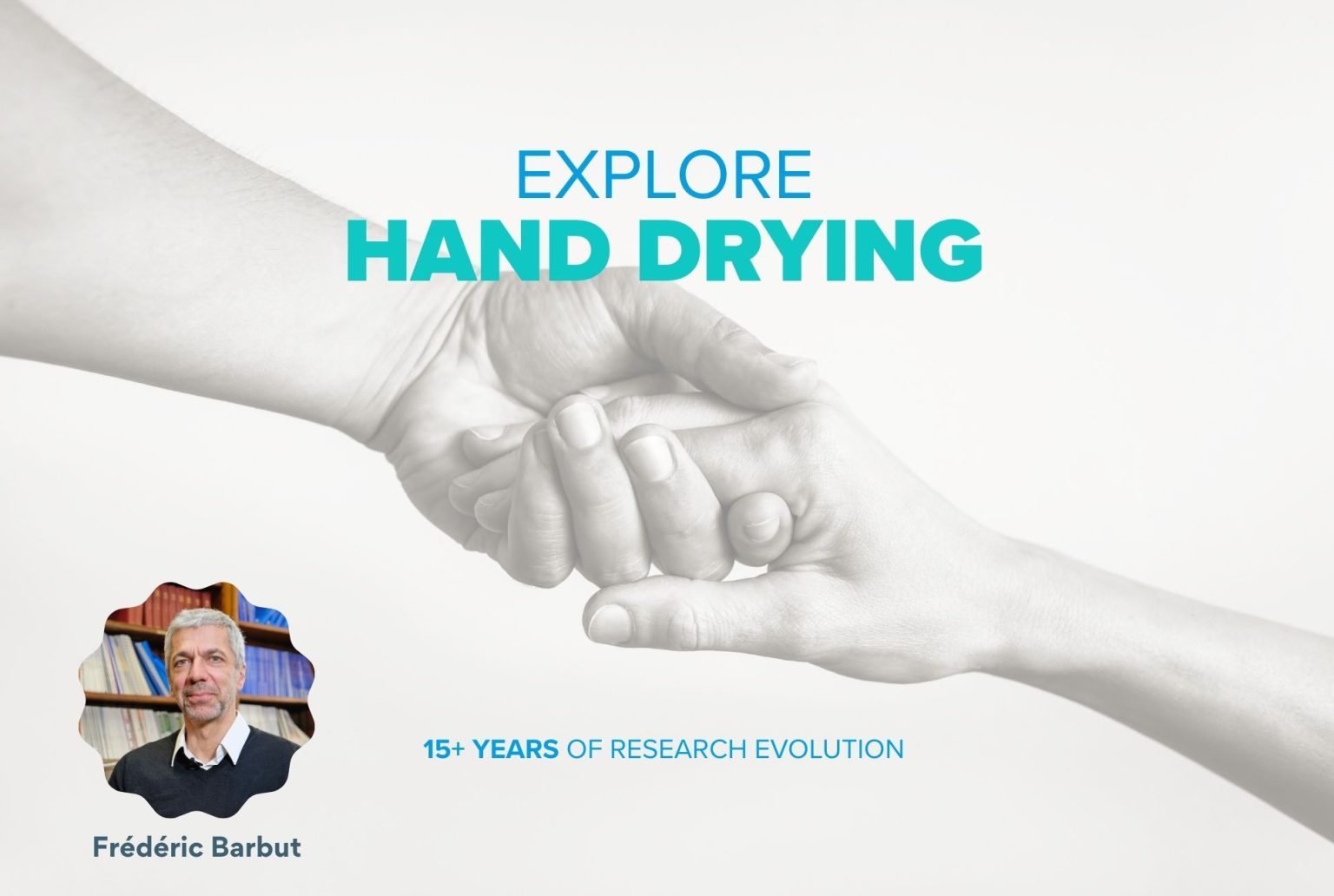Blog by Professor Frédéric Barbut, medical microbiologist, Assistance Publique-Hôpitaux de Paris, hôpital Saint-Antoine, Paris
Did you know that we all carry many millions of bacteria on our hands? Anything between 100 to 1,000,000 per square centimetre of skin! But before you start to panic, rest assured that many of these bacteria occur naturally, along with fungi and viruses, and are normally harmless (or ‘not pathogenic’ to use the scientific term). They are known as ‘resident microflora’ and can actually be beneficial in protecting us from infection. Common strains include Staphylococcus and Micrococcus.
However, there is another category of bacteria found on hands that can be pathogenic. These are known as ‘transient bacteria’ and we usually pick them up through contact with infected people or environments. While these transient bacteria are not adapted to stay on the hands for long, they can survive long enough to be transmitted – such as Enterococci and Enterobacteriaceae. Some of these bacteria can be antibiotic resistant such as Extended-Spectrum B- Lactamase (ESBL) producing bacteria.
So you can understand why I am interested in hand washing and drying and the crucial role they play in preventing the spread of infection. This two-step process is particularly essential in hospitals, where people are already immunologically compromised, and where transient bacteria can be passed from patients to staff and back again.
A few years ago, my team ran a real-life study in the washrooms of the emergency department of Saint Antoine hospital where I work to learn more about the impact of different hand drying options on the spread of bacteria. It was an observational study where we watched the washroom behaviour of real people – visitors and staff. The washroom was equipped with paper towels to dry hands for one week and then a couple of weeks later with an electric dryer to dry hands for one week.
We observed significant differences in surface bacterial contamination – including by faecal and antibiotic resistant bacteria – with higher levels when the washroom was equipped with jet air dryers than when equipped with paper towels. While our hypothesis was that blowing air could aerosolise water droplets and make them spread, even I was surprised by the extent of bacterial contamination on the floor and surfaces of the washrooms with jet air dryers. I wondered if our hospital was in some way special, but colleagues replicating the same study in hospitals in Italy and the UK observed the same thing: washrooms offering paper towels for hand drying carried far lower levels of bacterial contamination.
Today, I am pleased to say that paper towels – which absorb water droplets and help prevent bacteria from becoming aerosolized – are the recommended hand drying method in hospital washrooms in France. Jet air dryers meanwhile are largely forbidden because of the risk of wider dispersal of bacteria. As a medical microbiologist I can’t help thinking that this same advice would make sense beyond hospital settings and that prioritising paper towels for drying hands in public washrooms such as bars, cafes and sports centres would serve to reduce the chance of bacterial transmission and help keep populations safe.


 Deutsch (Germany)
Deutsch (Germany)  Polski (PL)
Polski (PL) 
















































